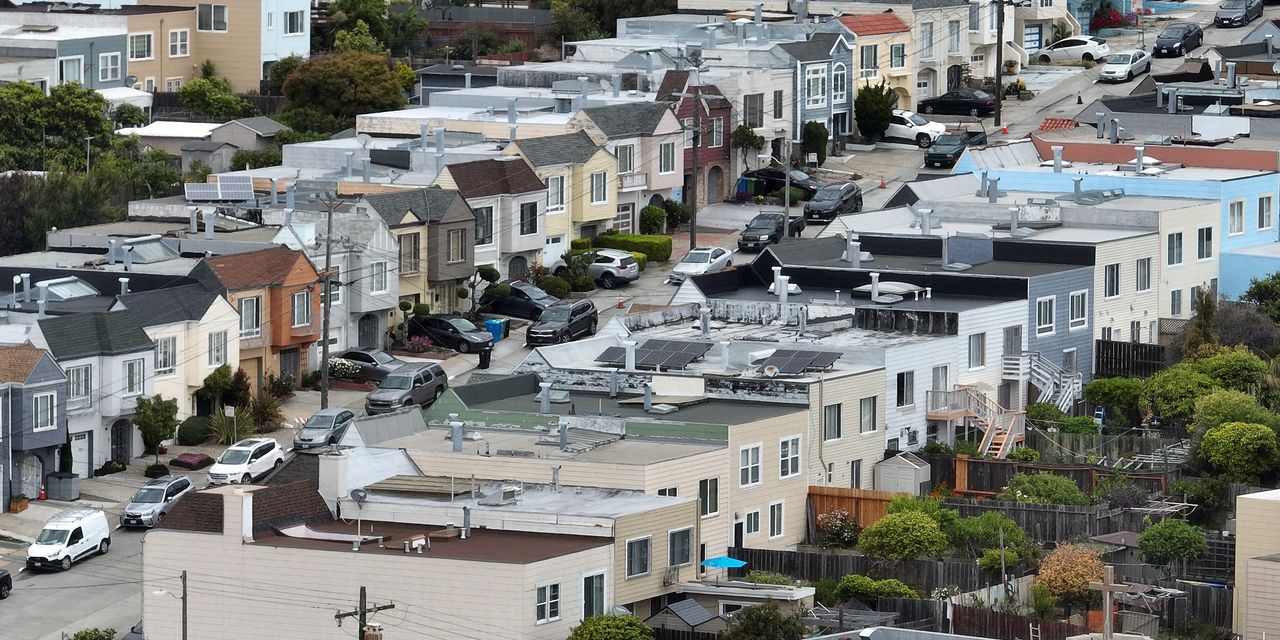The numbers: Mortgage demand is at a 27-year low as homeowners held off on refinancing amid an increase in rates.
Demand for mortgages continues to be at the lowest level since 1996, as the 30-year rate rose to an average of 7.27%.
Refinancing activity fell sharply, offsetting an increase in purchase applications. That pushed the market composite index — a measure of mortgage application volume — down, the Mortgage Bankers Association (MBA) said on Wednesday.
The market index fell 0.8% to 182.2 for the week ending September 8 from a week earlier. A year ago, the index stood at 255.
Key details: With rates rising across the board, mortgage applications fell for the seventh time in eight weeks.
Buyers were still dipping their toes, however. The purchase index — which measures mortgage applications for the purchase of a home — rose 1.3% from last week.
But few homeowners found it an opportune time to refinance. The refinance index fell 5.4%. The drop in refinance applications was the lowest level since January.
The average contract rate for the 30-year mortgage for homes sold for $726,200 or less was 7.27% for the week ending September 8. That’s up from 7.21% the week before, the MBA said.
The rate for jumbo loans, or the 30-year mortgage for homes sold for over $726,200, was 7.25%, up from 7.21% the previous week.
The average rate for a 30-year mortgage backed by the Federal Housing Administration rose to 7.04% from 7.03%.
The 15-year rose to 6.72% from 6.66% from the previous week.
The rate for adjustable-rate mortgages rose to 6.59% from last week’s 6.33%.
The big picture: Recent data indicates that the housing market may have diverged in the summer, offering more reasons for buyers to return versus homeowners looking to refinance.
An unusual uptick in inventory may be one reason why purchase applications increased, as buyers jumped on new options. New listings rose 4% in July, as compared with the previous month, Zillow
Z,
said in its August market report. That translates to an increase of nearly 350,000 for-sale listings across the U.S.
Existing homeowners on the other hand are not only unaffected by the inventory issue, but also have very little reason to refinance into a higher rate.
What the MBA said: “Given how high rates are right now, there continues to be minimal refinance activity and a reduced incentive for homeowners to sell and buy a new home at a higher rate,” Joel Kan, deputy chief economist and vice president at the MBA, said in a statement
Market reaction: The yield on the 10-year Treasury note
BX:TMUBMUSD10Y
was below 4.3% in early morning trading Wednesday.
Read the full article here













Leave a Reply